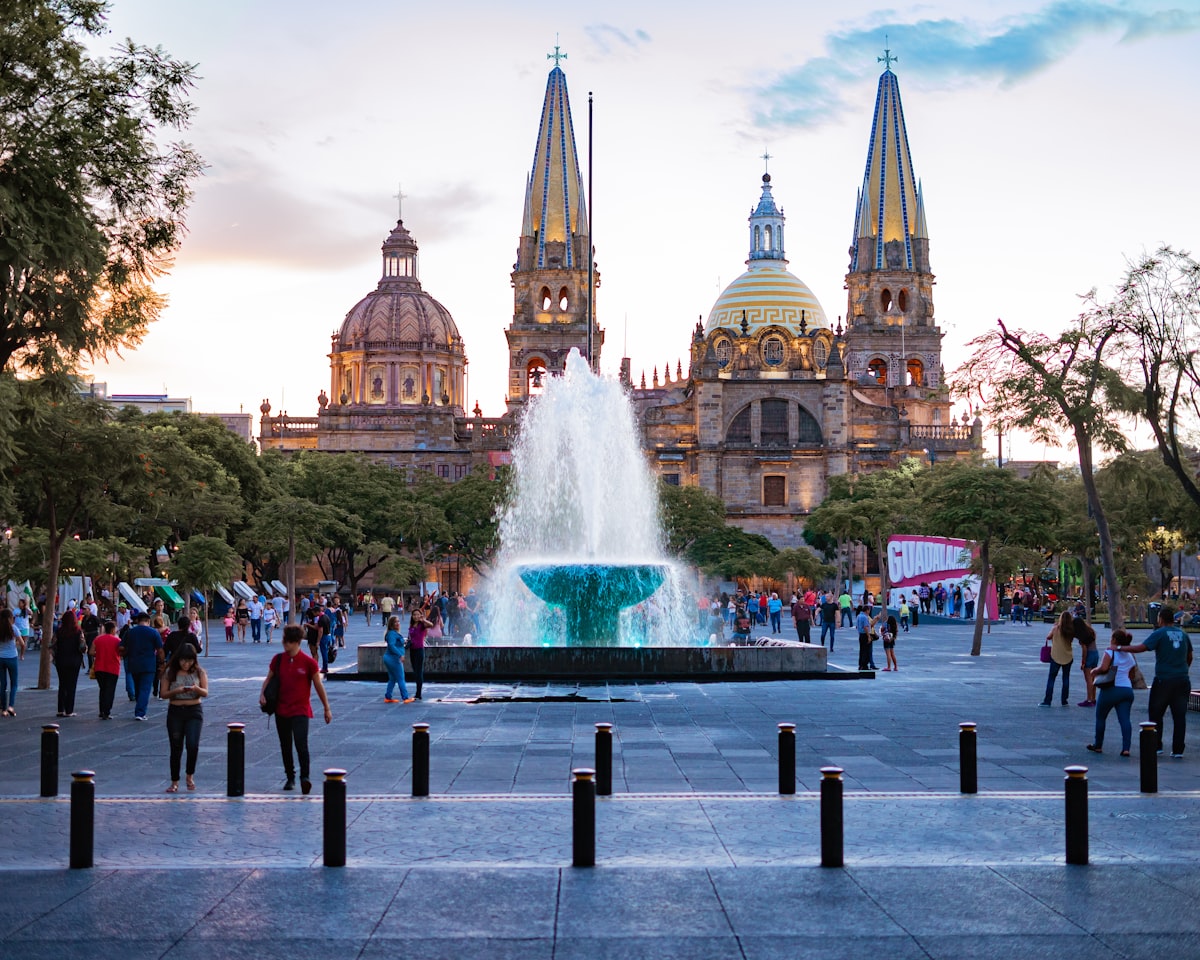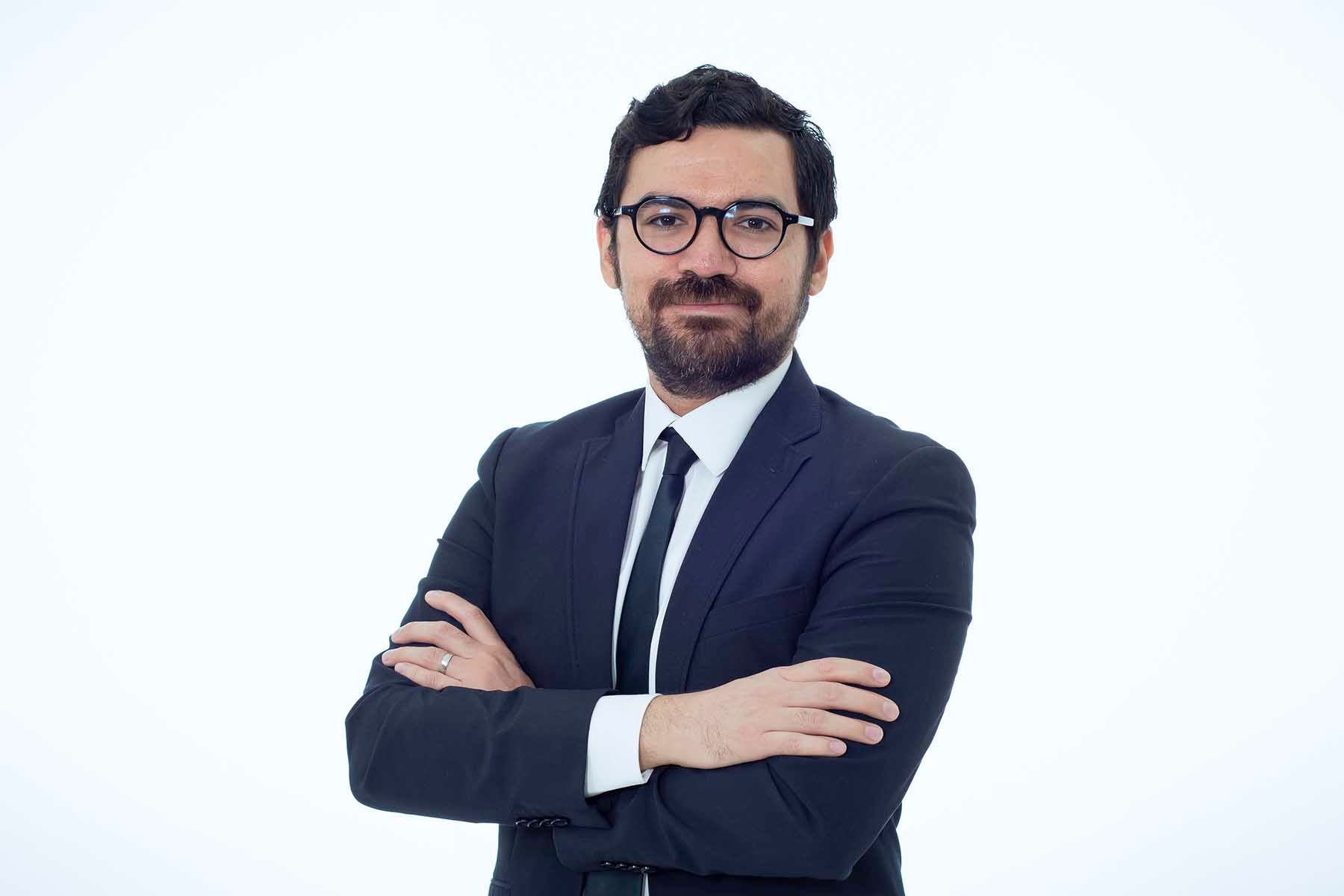UAG researches how to create Covid-19 safe public spaces
Developing the research "Public space and sustainable urban mobility", seeks to find out how to create safe public spaces of Covid-19 and promote the encounter between the inhabitants in the streets of the Metropolitan Zone of Guadalajara.

The development of the research "Public space and sustainable urban mobility", seeks to find out how to create safe public spaces of Covid-19 and promote the encounter between the inhabitants in the streets of the Metropolitan Zone of Guadalajara.
Dr. Carlos Alberto Crespo Sánchez, research professor at the Universidad Autónoma de Guadalajara (UAG) participates in this line of research and explained that the study will allow recognizing the potential of places arranged for transit and emergent, individual, and collective encounters, to consolidate social practices nourished by the sensory and imaginary experience derived from walking through the city.
Using the internet of things, collecting data, and analyzing them, they want to search for those areas of greater potential and how to encourage coexistence, revive them and keep them safe.
"By studying the relationship between the processes of mobile socialization and the spatial configuration of the urban context that supports them, we will be able to think integrally about the environments that are designed and, consequently, establish parameters that will allow us to better predict them. Open, accessible, and safe platforms will be created for the development of the social practices in public that the return to the streets, to urban life, is currently demanding," he said.
The protocol for the development of the research focused on the analysis of the mobile socialization processes that take place in the public space and how these have been modified due to the social restrictions imposed by the Covid-19 pandemic is currently being developed; this to structure interdisciplinary prospective visions that will allow attending to the subsequent challenge that will mean recovering the streets as a propitious environment for the encounter and relationships that emanate from the great social and cultural diversity that makes up our cities.
The analysis of this phenomenon has a special interest in recognizing the relationship between urban design, its architecture, and the social practices that emerge from the exercise of daily mobility in public space; however, it will not exhaust its possibilities there because it is committed to the linkage with the social sciences for the comprehensive analysis of the phenomenon.
"As we have noticed, amid the pandemic that we have had to live, the control and order of public activities have been applied, with less or more rigor, in different global latitudes, amid this process the spatial design has played an important role to make the restrictions effective," he explained.
So far, citizens are aware of the adaptations that have had to be made and their impact on the management of the crisis; however, some questions arise that guide the research interest: are we aware of how this crisis of socialization in public will affect post-pandemic social practices, how urban design will have to face the need to regain freedom of movement and social encounters, what design alternatives will emerge from the lived experience and how these will transform public relations?
"These are some of the questions that make such a study pertinent, with the main aspiration of breaking disciplinary boundaries and fostering the interdisciplinary. Research and science are means with an enormous potential to detonate significant changes in political, social, economic, and environmental structures, which allow improving the quality of life of people in both urban and rural contexts. The commitment to research will always yield positive results in a society that every day demands equitable development platforms based on comprehensive knowledge of reality," he added.

The project is currently in the design stage, and already has a theoretical framework to support the research, and is working on its methodological design. On another front, work is being done on the management process to involve public and private universities in the development of this project.
In this first stage of project management, we have the support of the University of Guadalajara to join the project, and we are looking for areas of confluence that will allow us to add other educational institutions. On the other hand, the support of governmental organizations such as the Metropolitan Institute of Planning and the Secretariat of Mobility will be sought. He added that, due to the characteristics of the project, it will allow involving UAG undergraduate and graduate students.
Dr. Crespo Sanchez teaches at UAG several subjects in the Bachelor's Degree in Interior Design and Landscape Architecture such as Design of Public Service Spaces and Offices; Design of Bars and Restaurants; Design of Tourist Spaces; Design Program; Landscape Theory; Mexican Art; Restoration of movable and immovable goods and in the Bachelor's Degree in Architecture: Theory of Architecture.




